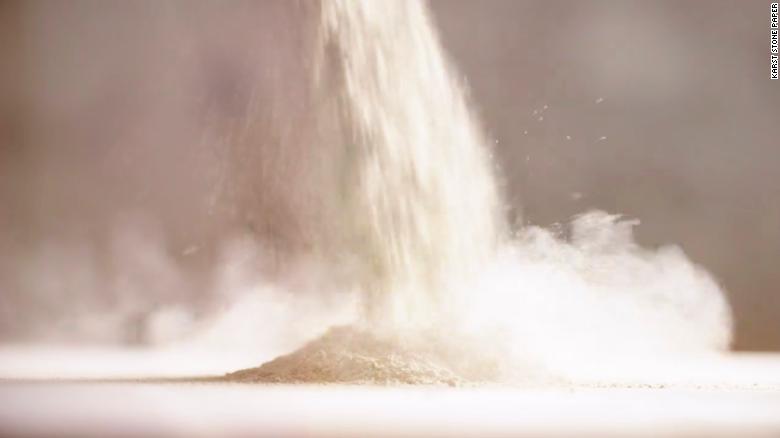SAVING TREES BY MAKING PAPER OUT OF STONE
Published on by Water Network Research, Official research team of The Water Network in Case Studies
An Australian company is producing paper out of stone in an effort to provide an eco-friendly substitute to traditional pulp-based paper and avoid the destruction of thousands of trees.
Image Credit: Karst Stone Paper
Is it possible to make paper without trees?
Australian entrepreneurs Kevin Garcia and Jon Tse were determined to find out. They spent a year researching a possible alternative that could serve as a viable raw material for making paper.
"What if we re-engineer how paper is made that's more in line with our environmental responsibility?" asked Garcia.
Then Garcia read about a Taiwanese company making commercial paper out of stone and inspiration struck.
A year later, in July 2017, they launched Karst Stone Paper. The company produces paper without using timber, water or harsh chemicals. Their source: stone waste mined from construction sites and other industrial waste dumps.

Karst Stone Paper produces paper from recycled limestone instead of tree pulp.
"If you look at the whole process of how paper is traditionally made, it involves chopping trees, adding chemicals and bleach to make pulp, using lots of water and then squeezing, drying and flattening it into sheets of paper," said Garcia. "It's labor intensive, contributes to high carbon emission deforestation."
The pulp and paper industry uses over 40% of all industrial wood traded globally, according to the World Wildlife Fund. Karst, based in Sydney, aims to reduce the rate of deforestation with its sustainably-made paper goods.
In 2019, Garcia estimates Karst's paper production helped save 540 large timber trees from being deforested, 83,100 liters (21,953 gallons) of water from being used and 25,500 kilograms (56,218 pounds) of carbon dioxide from being emitted.
"We collect discarded limestone from wherever we can find it, wash it, and ground it into fine powder," he said. The powder is mixed with a HDPE (high-density polyethylene) resin, which is compostable or photodegradable, meaning it decomposes over time from sunlight, leaving only calcium carbonate behind.
Garcia said 90% of the mixture is calcium carbonate and 10% is resin, which binds the powder together. The paste-like mixture is then turned into small pellets, heated and put through large rollers to turn it into thin sheets of paper.
"The paper can be as thin as notebook paper or as thick as a cardboard paper," said Garcia.
The carbon emission from this process is "about 67% less than making paper from tree pulp," he said.
The resulting product is waterproof, difficult to tear and recyclable.
Media
Taxonomy
- Pulp & Paper
- Pulp & Paper
1 Comment
-
A much better biodegradable alternative is already available and has been for thousands of years, hemp, or specifically Industrial Hemp.
Paper from IH is recyclable 7 times as against 4 times for wood-pulp based paper.
IH is ready to be harvested in 4 to 6 months, as against 25 to 50 years for trees.
IH absorbs 4 times more CO2 per acre than trees, and also releases more Oxygen into the atmosphere than trees.
provides fibre for textiles, and seeds for oil, (seedcake as feed for dairy and fishing industries).
Plus 25,000 other products.1 Comment reply
-
I suppose that the water footprint is better for stone? growing more water efficient than using other waste?
-
